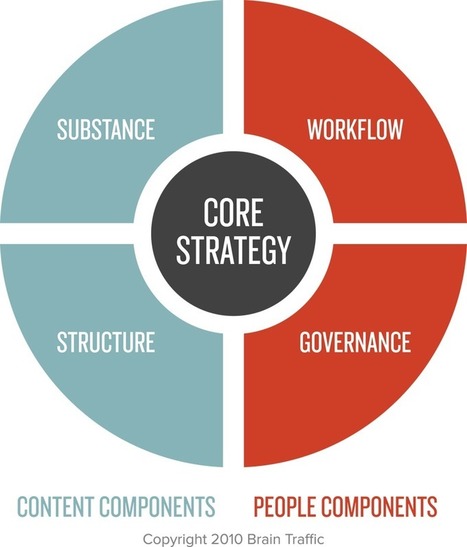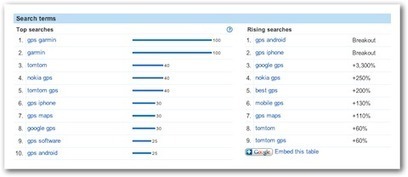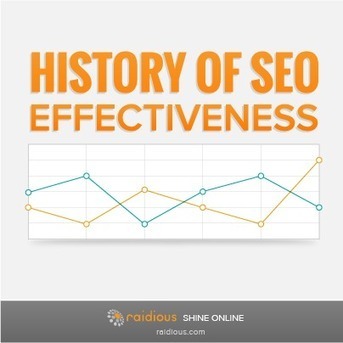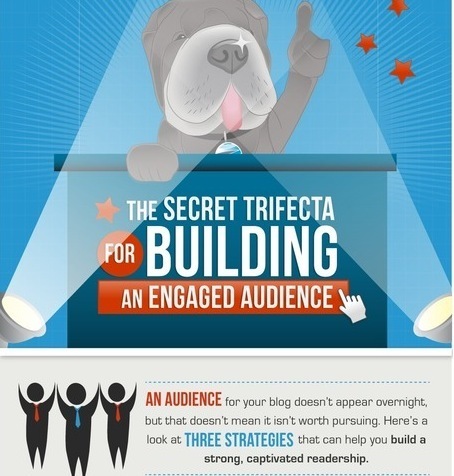Get Started for FREE
Sign up with Facebook Sign up with X
I don't have a Facebook or a X account
 Your new post is loading... Your new post is loading...
 Your new post is loading... Your new post is loading...

Brad Tollefson's curator insight,
December 1, 2013 5:33 PM
So are Content Marketing and Content Strategy the same? No, but they are clearly related, so a better question to ask might be: are these two practices compatible with each other? Definitely!... |

Deborah Fillman's curator insight,
October 21, 2014 2:26 PM
Have you done anything interesting lately? Don't get hung up on what "interesting" means--remember, Larry David and Jerry Seinfeld created an entire series around seeing the "interesting" and amusing in the mundane things we do everyday. Few of us have the freedom (or money) to travel the globe doing interestingly mundane things, but we DO things every day that are more interesting than we might think!

Alex McCardell's curator insight,
September 19, 2013 5:48 AM
Good content is not just a trend. Communicate effectively for your users/customers = optimised SEO 
Alexandra Salzedo's curator insight,
September 22, 2013 10:17 AM
Without valuable content the brand risks losing valuable interactions with their community |






















smart stuff
best practice: copy writing
Use heatmap to increase conversions